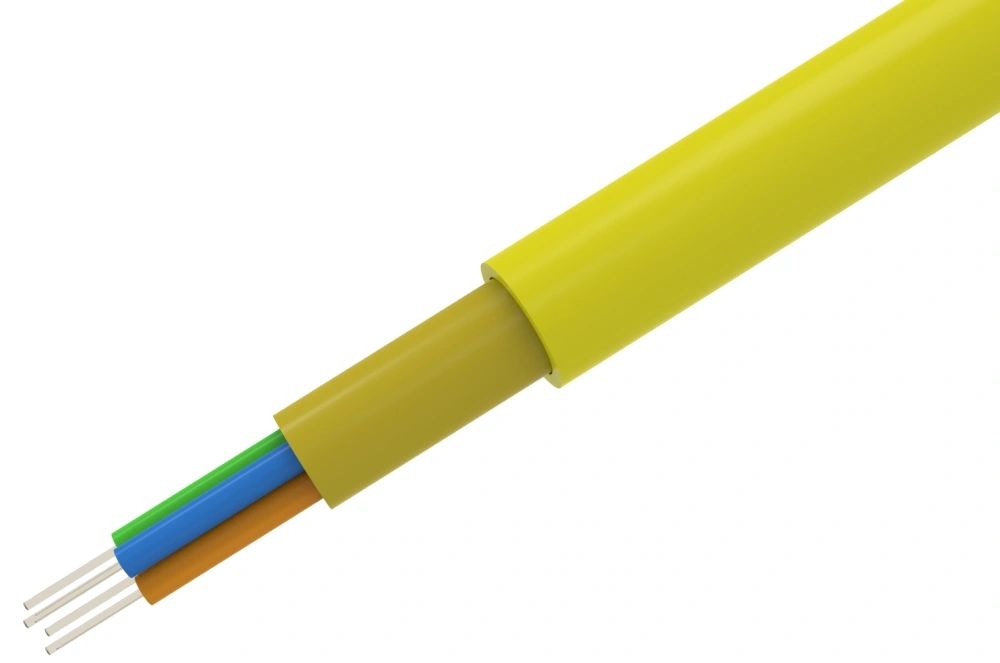Essential Tips for Outdoor Cabling

Outdoor cabling plays a crucial role in setting up reliable networks, but it is also susceptible to various challenges like cable damage and contact problems. This article presents valuable tips to ensure the longevity and reliability of your outdoor cables.
1. Choose High-Quality Outdoor Cables
When it comes to outdoor cabling, quality matters. Invest in high-quality cables that are specifically designed for outdoor use. These cables are constructed with robust materials and protective coatings to withstand harsh weather conditions, moisture, and UV radiation. Additionally, they are better equipped to resist mechanical stress caused by heavy objects or accidental impact.
2. Proper Cable Routing and Protection
Effective cable routing and protection are essential to prevent damage. Consider the following best practices:
- Avoid laying cables directly on the ground. Instead, use cable trays, conduits, or underground ducts to protect them from being stepped on or damaged by vehicles.
- Ensure that cables are adequately supported along their entire length to prevent sagging or tension, which can lead to signal distortion or even cable breakage.
- Make use of cable clips and cable ties to secure cables to walls, poles, or fences. This prevents loose cables from swinging in the wind or getting entangled.
3. Weatherproofing and Moisture Barrier
Protecting outdoor cables from moisture is critical to avoid contact problems or cable degradation. Here are some measures to consider:
- Invest in weatherproof junction boxes and enclosures to shield cable connections from rain, snow, and humidity. These protective enclosures should have appropriate IP (Ingress Protection) ratings.
- Apply appropriate cable sealants and waterproofing tapes to seal cable connections and entry points into buildings or enclosures. This helps prevent water ingress and consequent damage.
- Regularly inspect and maintain cable termination points, ensuring they are free from moisture, corrosion, or other contaminants that can degrade the connection quality.
In conclusion, following these outdoor cabling tips will help you avoid cable damage and contact problems. By choosing high-quality cables, ensuring proper routing and protection, and implementing effective weatherproofing measures, you can achieve a reliable and long-lasting outdoor cabling infrastructure.



